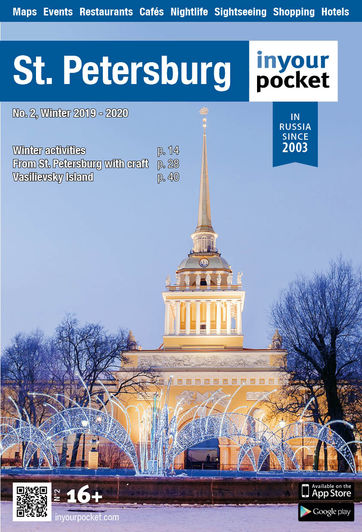Vasily Surikov “The Capture of Snow Town” (1889)
more than a year agoAt the beginning of 1888, tragedy struck the Surikov family when his dearly beloved wife died. The artist barely managed to cope with this loss; he lost his interest in art and in life for a long time. Following the advice of his relatives, Surikov traveled to Krasnoyarsk, his hometown. The warmth of his home and scenes from his childhood brought him back from the pits of depression and the great master once again found inspiration, this time for a painting depicting an average everyday scene from those times as opposed to the usual historical themes. In this painting, Surikov brilliantly conveys the very festive spirit of the traditional Russian holiday of Maslenitsa and all the fun and joy that come with its activities.
“And that is when I went from drama to a huge love for life,” the painter recalled. The painting definitely proves this statement and this love of life is also passed on to the characters you see on the canvas. Unlike his contemporaries, here Surikov depicts the average Russian of the time not as an oppressed and humiliated mass, but rather a strong and free people. The painting is almost oozing with fun and there’s a bright contrast between the white snow and the red, green and blue colors of the festive attire of the characters.
Surikov depicts a crowd of peasants in bright attire, who are gazing in awe at the able horseman that seamlessly makes it over the snow wall on his horse. The artist had an immense attention to detail, especially when it came to his characters’ poses, facial expressions and outfits. In order to capture these details, Surikov frequented markets and fares, as well as all kinds of festivities where he could observe the behavior of the people on such occasions. In the painting you will see a game that has deep roots and, most likely, came to be prior to the Christianization of Kieven Rus’, when paganism was widely practiced in Rus’. Believe it or not, people still play this game during Maslenitsa all across Russia!
You can see this painting at the Russian Museum.
/st-petersburg-en/mikhailovsky-palace-russian-museum_141314v
The Mikhailovsky Palace is the traditional epicentre of the Russian Museum, built in 1825. Located within the historic centre of St. Petersburg, it is a fine …
/st-petersburg-en/benois-wing-russian-museum_10323v
The project of Benois Wing was executed by the architects L. Benois and S. Ovsyannikov in 1910-1912. Originally the building was purposed for different …





Comments